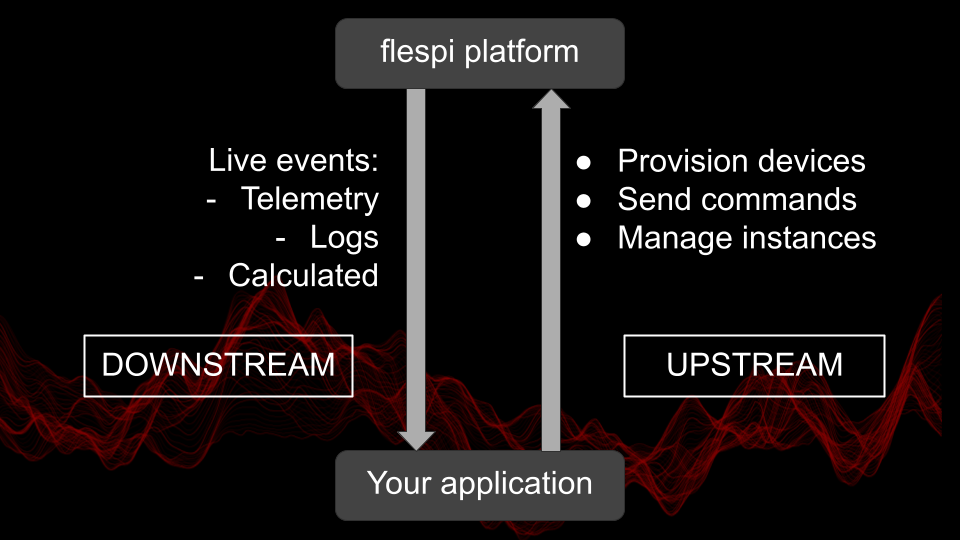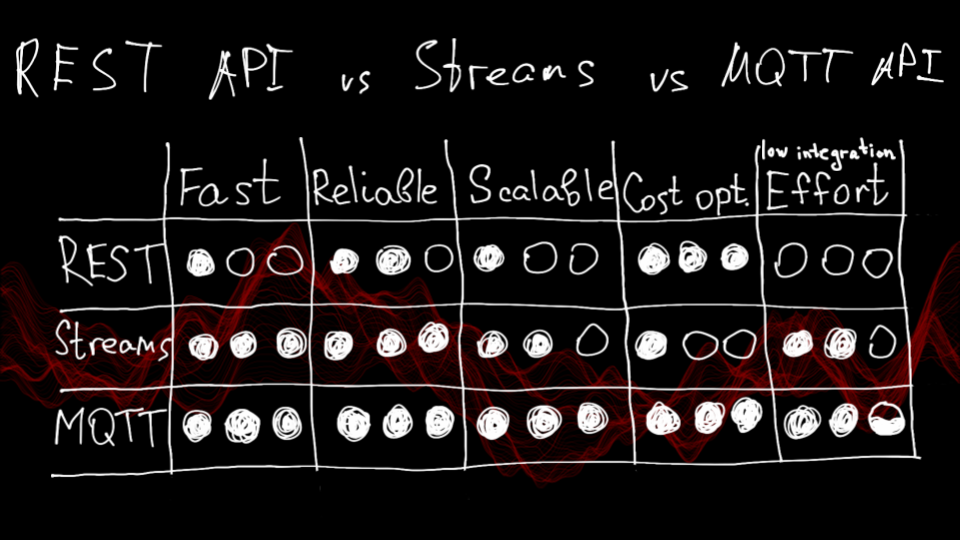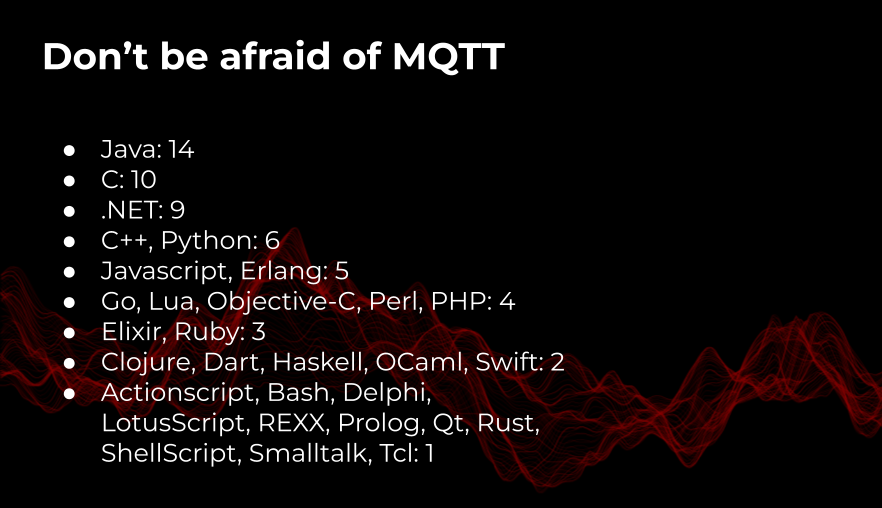We are excited to share the content you might have missed at flespi conf 2023 and continue our series of presentations with another one. Jan Bartnitsky, our Software Engineer, describes how you can integrate with flespi, explaining the main approaches to working with data using REST API, streams, and especially MQTT.
Can you guess the most frequently asked question we hear from our customers? You wouldn't believe it. It's "What is flespi?" Probably, the simplest answer is that we've developed a high-end telematics backend, providing you with a powerful "swiss-knife" toolkit to build your solutions without being confined to a proprietary platform. Integrations act as open highways, connecting data flows to other instances that you might want to use for various business purposes. Let’s explore how flespi helps you customize and fine-tune different data usage models.
Downstream and upstream integrations — it's about the data you receive and push and how you can work with it. Upstream allows you to explore the vast REST API universe, and here you’re guided with comprehensive and descriptive documentation. You can even run a curl command to check the results with just one click; it’s perfect for embedding. Downstream integrations are where flespi shines — handling live events, telemetry, logs, calculations, and much more. Our platform is designed to manage thousands of events per minute, meaning a high load of messages that you might want to process and store. And it is always a perfect uptime that matters.
Despite resilience, what’s most important is that we've done everything to make working with data easy. There's a set of criteria you should be confident about: reliable data transmission, speed, scalability, easy integration, and cost-effectiveness. There are three main approaches to working with data flow in flespi, each with its pros and cons, as illustrated on this slide (which, I must say, Jan brilliantly explained with his drawings).
Talking about REST API, streams, and MQTT, we always add that flespi has always on the edge for integration with other platforms — we have an impressive list showcasing integrations done.
Is there a one-size-fits-all method to retrieve data? Perhaps the strongest candidate is MQTT, which efficiently solves other tasks you might have in your scheme. "Don't be afraid of MQTT" — that's the motto, and it's not about imposing an opinion, but stating the truth about how powerful the MQTT tool is. The number of supported libraries is a real hit, isn’t it?
Speaking of the MQTT broker introduces several terms you might already be familiar with: client, session, topic, publish, and subscribe. But did you know how topics are enriched with flespi? Or how to filter messages on the broker side? Or what the difference is between clean and persistent sessions? There's always a way to balance your load with sticky and shared subscriptions, bypassing costly vertical scaling and opting for horizontal scaling. Retaining messages enables you to build dashboards with MQTT tiles using widgets and create a high-performance, reliable storage solution for frontend and backend services.
So, we hope you're on your way to watch the full video. In the next post, we'll share insights on using the flespi analytics engine to make it even more practical. Stay tuned!


